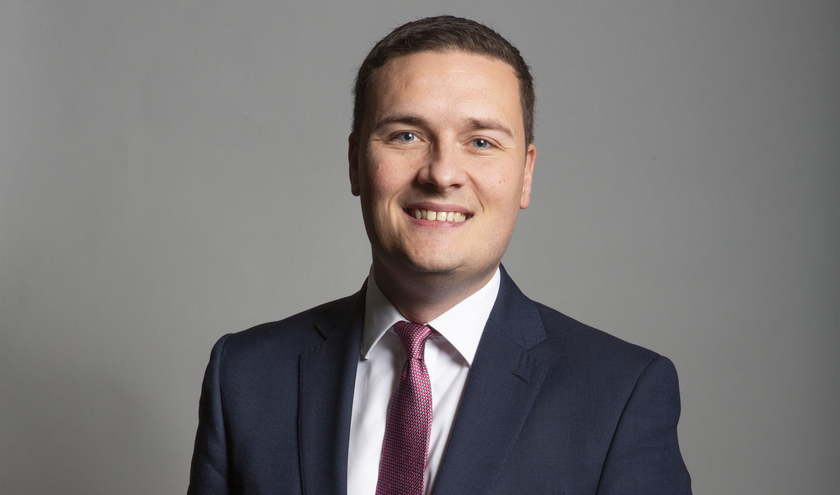The plan, which aims to improve next winter's services, pledges to cut the number of patients waiting over four hours each year by 800,000 by offering more urgent treatment in the community.
Health secretary Wes Streeting said: ‘By shifting staff and resources out of hospitals and into communities, and modernising NHS technology and equipment, our Plan for Change will make sure the NHS can be there for you when you need it, once again.'
The plan includes: around 40 new Same Day Emergency Care and Urgent Treatment Centres; up to 15 mental health crisis assessment centres; and almost 500 new ambulances by March 2026.
In addition, it pledges: more paramedic-led care in the community; increasing numbers of patients seen by urgent community response teams; better use of virtual wards; and performance league tables to drive improved transparency and public accountability, while encouraging poor performers to work with high performers.
Over 140,000 people access urgent and emergency care services across England each day with demand almost doubling since 2010/11 and ambulance service usage rising by 61%.
In addition, A&E waiting time standards have not been met for over a decade, while the 18-minute target for category 2 ambulance calls has never been hit outside the pandemic.
One in five people who attend A&E do not require urgent or emergency care, however, and could be better cared for in the community.
Response
Liberal Democrat health and social Care spokesperson, Helen Morgan, said: ‘It's good to see ministers finally listen to Liberal Democrat demands to end corridor care but the misery in our A&Es will only be prolonged if they continue to move at a snail's pace on social care.
‘Until they grasp this nettle, millions are at risk of dangerously long-waits in A&E. They must see sense and conclude their review into social care by the end of this year.'
Chief executive of NHS Providers, Daniel Elkeles said: ‘This plan should result in meaningful progress compared to last winter.
‘As the plan acknowledges the public and our staff want to know the NHS can respond quickly, safely and effectively in an emergency. NHS Providers would like to work with NHSE and the Government to develop long term UEC plans that are bold and ambitious.'
Unison head of health Helga Pile said: ‘Publishing data and extra guidance, while pushing overworked staff to hit new targets and get more patients through the doors, won't convince anyone things are about to get better.
‘It also feels unrealistic to ask trusts to develop winter plans amid the chaos, uncertainty and plummeting morale provoked by demands to balance budgets and shed employees.
‘Hard-pressed ambulance crews will appreciate the new 45-minute standard for handing over patients to A&E so they can get back on the road. But this isn't necessarily good news for patients if all it means is a long wait in a hospital corridor instead of the back of an ambulance.
‘Giving 999 call handlers more resources and support will help, although it's unclear where this will come from. Or whether it'll make much of a dent in the huge numbers leaving every week because of the intolerable pressures that come with this demanding job.'



